Elton Mwangi • October 16, 2023
Creative "First-Dollar" Coverage: Is It Really Reducing Costs?


You're familiar with the myriad of insurance coverage options available to protect your business and employees. So, what intrigues you most is finding the coverage that offers the perfect balance between effectiveness and cost.
That is, you want insurance plan options that meet the needs of your business and employees but reduce your overall costs. And a little birdie mentioned something about first-dollar coverage.
Nothing new, but now you can't stop but wonder, how can it reduce my costs? The answer lies in being creative with how you implement first-dollar coverage. Let's take a look.
As the name suggests, it is an insurance policy feature where your insurer begins to cover expenses from the first dollar without any deductibles or initial cost-sharing required from the plan participant.
In other words, your insurance kicks in immediately, covering costs from the outset. So if a claim arises, your employees won't have to reach into their pockets to cover a deductible before their insurance kicks in.
This is a departure from traditional insurance plans, where you typically must meet a deductible before your insurance coverage begins.
THE PROMISE OF FIRST-DOLLAR COVERAGE
The primary allure of first-dollar coverage is its simplicity and immediate cost savings for policyholders. With traditional health insurance plans, employees must pay out-of-pocket until they reach their deductible.
This can be a significant financial burden, especially for those with high-deductible insurance. First-dollar coverage eliminates this hurdle, providing immediate coverage and peace of mind. It can also be particularly beneficial for businesses looking to provide comprehensive health insurance benefits to their employees, as it can help attract and retain top talent.
But while it's a fantastic feature, it's not always affordable for every business. Eliminating deductibles can reduce out-of-pocket costs for employees but may lead to higher premiums since the insurer is taking on more risk.
If premiums are high, you and your employees will incur some of that cost, especially if you are big on providing employee benefits packages. And sometimes, first-dollar coverage is not tax-deductible.
That's where the 'creative' part comes in. Creative first-dollar coverage is a strategy that combines different insurance policies to create a comprehensive coverage plan that effectively acts as first-dollar coverage.
It's about strategically layering your insurance policies to ensure coverage from the first dollar of loss without needing a traditional first-dollar coverage policy. For example, some insurers offer plans to cover certain services or treatments from the first dollar, while others require a deductible.
This allows for more flexibility and can be tailored to the specific needs of your business and employees.
SO, HOW DOES FIRST-DOLLAR COVERAGE WORK? LET'S BREAK IT DOWN.
Firstly, you'll need a primary insurance policy. Depending on your business needs, this could be an employee benefits package policy, a general liability policy, a commercial property policy, or a workers' compensation policy.
This primary policy will have a deductible, which your employees must pay out-of-pocket before the insurance coverage kicks in. Next, you'll need a secondary policy, often called a 'buy-down' policy. This policy is designed to cover the deductible of your primary policy.
In other words, if a claim arises, your buy-down policy will cover the deductible, allowing your primary policy to kick in immediately. This effectively creates a first-dollar coverage scenario.
Now, you might wonder, "Won't the premiums for the buy-down policy be high?" Not necessarily. Because the buy-down policy only covers the primary policy's deductible, it's often much cheaper than a traditional first-dollar coverage policy.
But does this creative approach to first-dollar coverage reduce costs? The answer is: it depends. Creative first-dollar coverage isn't a one-size-fits-all solution. The right strategy will depend on your business's unique needs and risk profile.
Therefore, it's crucial to carefully consider the trade-offs and work with an experienced insurance broker to find the best solution for your business.
For instance, New Yorkers considering first-dollar coverage for business should work with a knowledgeable insurance broker in the state because they understand the local market. Zupnick & Associates can help you navigate the various options and find a plan that offers the right balance of coverage and cost.
USING HEALTH SAVINGS ACCOUNTS AS AN EXAMPLE
An HSA is a type of savings account that allows individuals to set aside money on a pre-tax basis to pay for qualified medical expenses. By pairing an HSA with a high-deductible health plan, businesses can offer their employees a way to manage healthcare costs effectively.
- Pre-Tax Contributions: Contributions to an HSA are made pre-tax, reducing your taxable income. This can result in significant tax savings, especially for high earners.
- Tax-Free Withdrawals: Withdrawals from an HSA for qualified medical expenses are tax-free. This includes payments for deductibles, copayments, and other out-of-pocket healthcare costs.
- Investment Opportunities: The funds in an HSA can be invested, like a 401(k) or IRA. Any interest, dividends, or capital gains earned are tax-free, providing an additional opportunity for savings.
- Roll-Over Benefits: Unlike a Flexible Spending Account (FSA), unused funds in an HSA roll over from year to year. This allows you to save for future healthcare costs and can be particularly beneficial if you have a high-deductible health plan.
PAIRING HSAS WITH FIRST-DOLLAR COVERAGE
Using an HSA can offset some of the costs of a high-premium, first-dollar coverage plan. The HSA allows employees to pay for routine healthcare costs with pre-tax dollars, while the first-dollar coverage protects them in case of a significant health event.
However, it's important to remember that HSAs come with their own rules and requirements. For example, to be eligible to contribute to an HSA, an individual must be enrolled in a high-deductible health plan. Therefore, consulting with a financial advisor or insurance professional is crucial to understand how best to use an HSA for your specific situation.
CREATIVE FIRST-DOLLAR COVERAGE: A COST-EFFECTIVE SOLUTION?
The concept of creative first-dollar coverage is a creative approach that can be a game-changer for your business. It allows your employees to enjoy the benefits of first-dollar coverage without the hefty price tag.
Plus, it provides peace of mind, knowing that if a claim arises, they won't have to scramble to cover a large deductible. However, it's important to remember that these potential savings must be balanced against the potential for higher premiums.
Still, while first-dollar coverage can lead to higher premiums, tools like Health Savings Accounts can help manage these costs. By strategically layering your insurance policies, you can enjoy the benefits of first-dollar coverage without breaking the bank.
As a business owner, it's worth exploring this option to ensure you get the best possible insurance coverage. After all, your business is your livelihood, and it deserves the best protection available.
With creative first-dollar coverage, you can rest easy knowing that your business is well-protected, from the first dollar of loss to the last. So, why wait? Start exploring the possibilities of creative first-dollar coverage today and give your business the protection it deserves.
As always, reviewing your insurance options regularly is essential to ensure they continue to meet your business's needs. You can provide excellent employee benefits while protecting your bottom line with the right approach.


